HMS Prince of Wales will depart Portsmouth today to lead a powerful UK Carrier Strike Group (CSG) on an eight-month mission through the Indo-Pacific, reaffirming the UK’s defence ambitions and support for global stability.
Dubbed Operation Highmast, the deployment marks the UK’s second full Carrier Strike Group operation after the inaugural 2021 mission led by HMS Queen Elizabeth. The operation is billed as a major test of Britain’s ability to project maritime power globally, with a clear message of deterrence to adversaries and reassurance to allies.
“Operation Highmast exemplifies our unwavering commitment to the security and stability of our nation,” said Defence Secretary John Healey MP. “As one of only a few nations capable of leading a deployment of this scale, the Royal Navy is once again demonstrating that UK defence is strong, modern, and ready to meet the threats of today and tomorrow.”
The Carrier Strike Group includes:
- HMS Prince of Wales (Queen Elizabeth-class aircraft carrier)
- HMS Dauntless (Type 45 air defence destroyer)
- HMS Richmond (Type 23 anti-submarine frigate)
- RFA Tidespring (support tanker)
- HMCS Ville de Québec (Canadian Halifax-class frigate)
- HNoMS Roald Amundsen and HNoMS Maud (Norwegian frigate and tanker)
Aerial assets include RAF and Royal Navy F-35B Lightning jets, Merlin Mk2 and Mk4 helicopters, Wildcats, and drones. Over 2,500 personnel are involved initially, including British, Norwegian, Canadian and Spanish forces, with numbers expected to rise to over 4,500 during peak exercises.
The deployment will see the task group operate with more than a dozen allies across key regions including the Mediterranean, Middle East, Southeast Asia, Japan, and Australia. Its first major engagement will be a NATO exercise off the coast of France.
Commodore James Blackmore, who commands the Carrier Strike Group, said: “Working closely with partners from across the globe, Operation Highmast will demonstrate credible deterrence and our support to NATO and the rules-based international order. This will reaffirm that the UK is secure at home and strong abroad.”
The mission also reflects the UK’s trade interests, with nearly 20% of UK trade passing through the Indo-Pacific, worth £286 billion. Trade events are scheduled during port calls to boost business engagement.
The deployment also showcases the maturity of the UK’s fifth-generation airpower. Group Captain John Butcher, commander of the UK Lightning Force, highlighted the presence of both 617 Squadron and 809 Naval Air Squadron: “This is an important milestone… deploying two squadrons on different platforms to deliver air effect in contested environments.”
Captain Will Blackett, Commanding Officer of HMS Prince of Wales, added: “I am incredibly proud of my team, and the broader support enterprise, who have worked tirelessly to prepare for this historic deployment. We will deliver this mission together and look forward to reuniting when the job is done.”
Thousands will line Portsmouth’s waterfront to bid farewell, as the UK’s most advanced naval formation embarks on a journey underscoring its commitment to global security, NATO, and its Indo-Pacific partners.


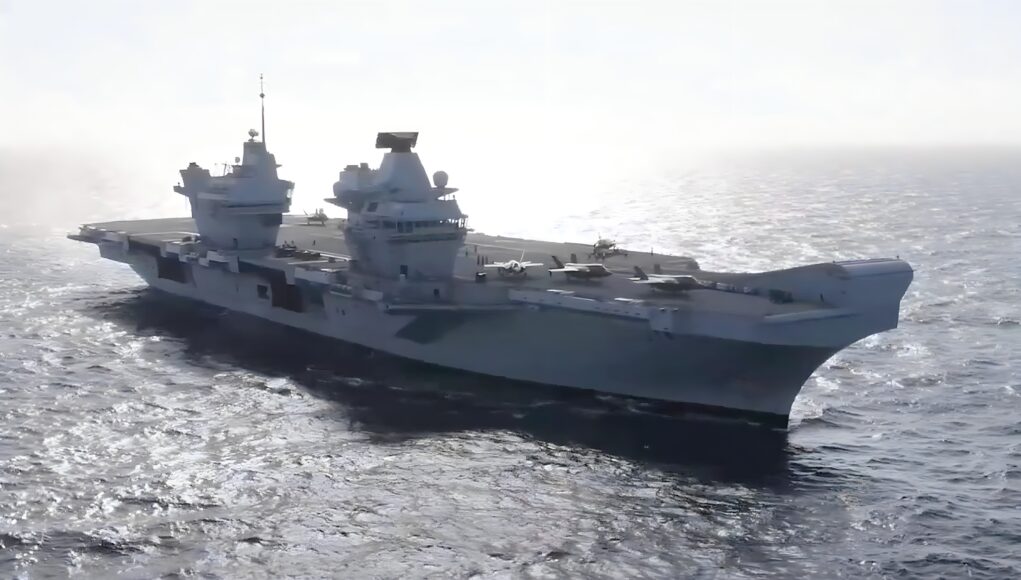

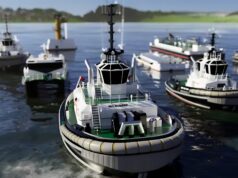
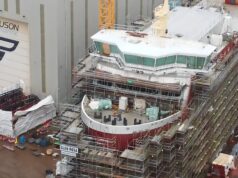
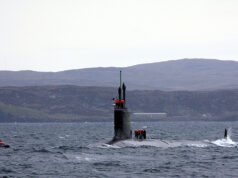
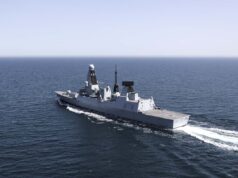

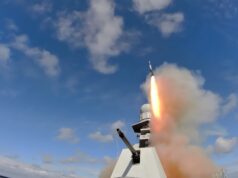
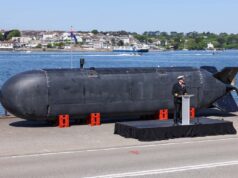
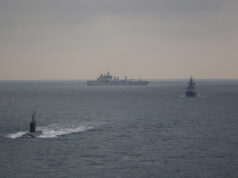
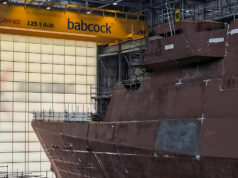

Bearing in mind CSG21 included 2 x Type 45 Destroyers, 2 x Type 23 Frigates, RFA Victoria, plus an RFA Tanker and 18 x F35B(10 x USMS & 8 x 617, CSG25 should be bigger and better, but we’re already down to 1 x Type 45, 1 x Type 23 and can’t even field RFA Victoria, added to which the number of F35s participating is a mystery at present. Despite all the hype, sadly this is a true reflection of just how bad things have got in the RN & RFA.
18 F-35Bs embarked, peaking at 24. The total air wing is 38 plus a bunch of drones. CSG21 was something like 33 with a big chunk of that American. This is a huge step up in terms of naval aviation even if not the support fleet (though the overall capability there is comparable, probably better on ASW and a bit weaker on the air defence side/more reliant on foreign escorts).
There was also an Astute class submarine on CSG21. I’ve seen contradicting articles on whether one will deploy on CSG25.
It is odd how so little info has been made public to date. Maybe they are literally scrambling to put the air group together and so don’t know the exact numbers themselves.
On the plus side, the number of army personnel indicated to take part in the deployment suggests we migh have some Chinooks and/or Apaches on board. That’ll be an interesting sight to see on the flight deck.
An Astute boat is part of the task group. They don’t scramble to put an airwing together. These deployments are years in planning.
I appreciate that these things are planned well in advance, but when you’re trying to get 70% of your complex high maintenance 5th gen fighter fleet ready for an 8 month deployment on an aircraft carrier I’m sure things can go wrong with maintenance etc. It’s not as if we have loads of spares sitting around. If just a couple had moderate engine issues for example, that could easily reduce the number that could utimately be deployed.
The armed forces are increasingly being asked to do more with less. The helicopter fleets are also stretched thin, especially with the recent retirement of the Puma.
It’s not unreasonable to assume, given the reducing size and increasing age of the aircraft fleets, that the amount of deployable airframes is variable to the point that the airgroup numbers cannot be confirmed in advance. And it’s a shame that we have reached that point, but hopefully things are on the up.
Bon voyage
Thats a light csg with the amount of surface ships
It’s 7 vessels total – carrier, 2 support, 4 escorts. Pretty decent. Plus an Astute underwater as a fifth escort. Many other escorts for legs of the journey too.
At a guess, those are the permanently attached ships and then others with be rotating in and out throughout the tour
Still believe the carriers should have been fitted with at least 32 CAMM.
Even an additional Phalanx or a 30/40mm might make us all feel a bit better and can’t see any decoy/Ancilia type lauchers either. Yes, a nice CAMM/ASRAAM battery mid or forward starboard on an extended flange, but it might inhibit ops. Hope all the CSG get through the Suez and Red Sea okay. At least they have more than enough to shoot back with!
The lack of RN escorts is the result of the willingness of Zambellas, West and others to sacrifice destroyer and frigate strength to get the carriers. Whether in the long term, this will turn out to have been the right choice, who knows? The presence of a Canadian and a Norwegian escort is doubly welcome- both to make up for inadequate RN numbers and to demonstrate the reality of allied cooperation.
Spending large further sums on upgrading the carriers’ capability, including an inevitably expensive EMALS system would be the wrong priority. It is more important to increase escort and SSN numbers. A few more F35s and an AEW successor are all that is needed to deliver a fully effective carrier force.
She departed the Navy Base about half an hour ago, looking great!!